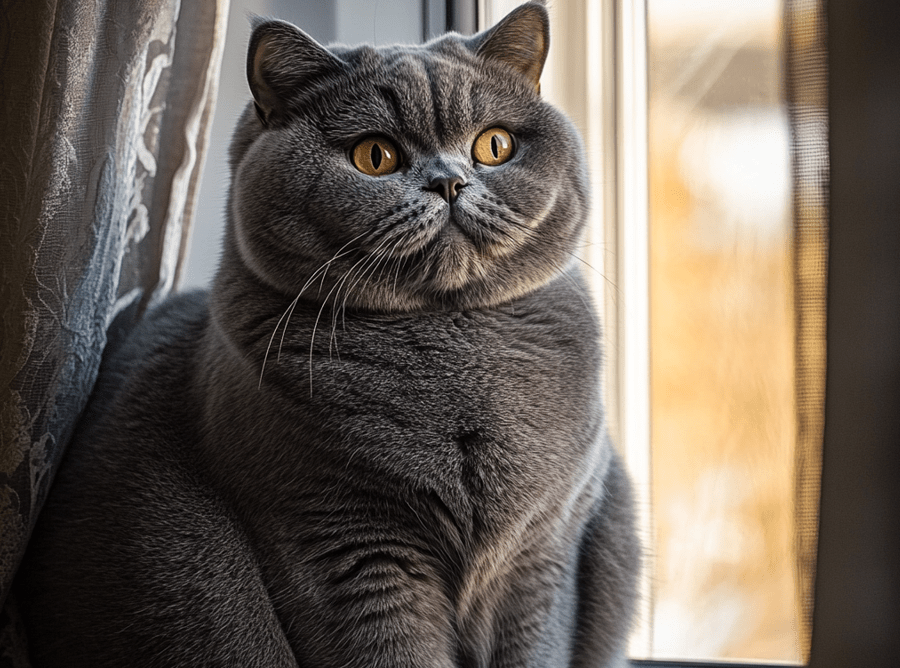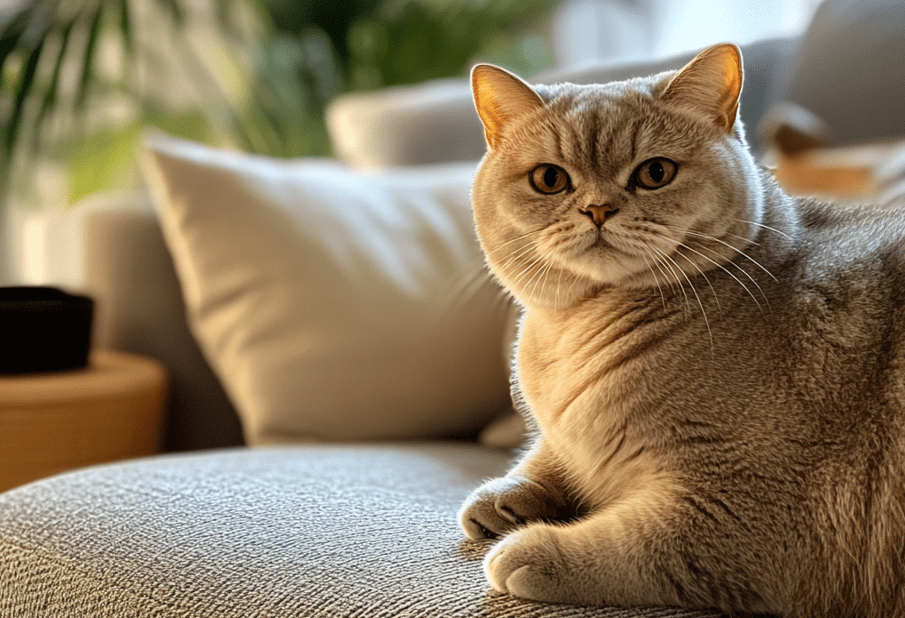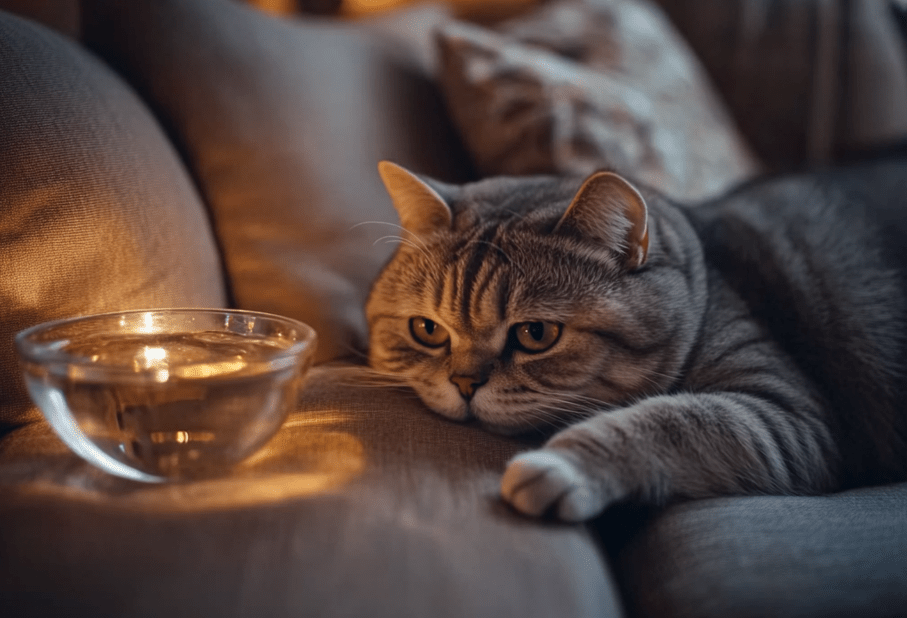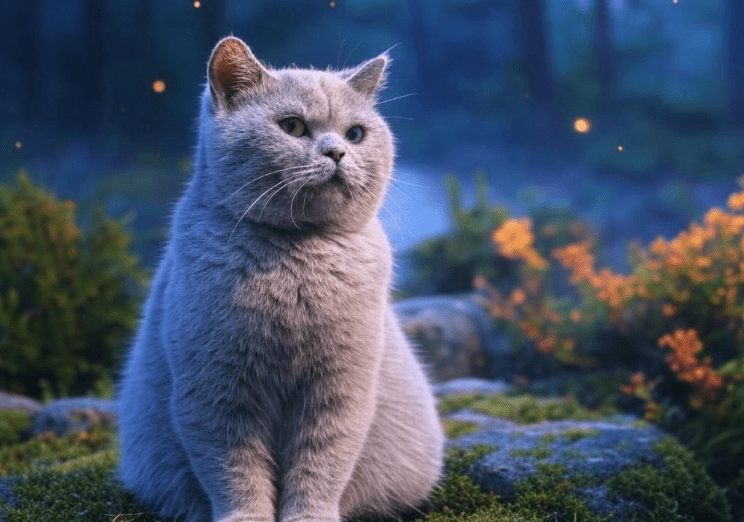
British Shorthairs are adored for their plush coats and calm demeanor, but ensuring they stay hydrated can be a challenge. Proper hydration is crucial for their kidney health, urinary tract function, and overall well-being. Learning how to help your British Shorthair drink more water is essential to prevent health issues like urinary crystals or kidney disease. This comprehensive guide offers practical, vet-approved strategies, creative solutions, and insights to encourage your British Shorthair to stay hydrated, keeping them healthy and happy for years to come.
Why Hydration Matters for British Shorthairs
Water is vital for every cat, but British Shorthairs are particularly prone to urinary tract issues, such as feline lower urinary tract disease (FLUTD) and kidney problems. Their sturdy build and tendency toward a sedentary lifestyle can exacerbate these risks if hydration is inadequate. Encouraging your British Shorthair to drink more water supports:
Kidney Health: Adequate water intake flushes toxins and reduces the risk of kidney disease.
Urinary Tract Function: Diluted urine prevents crystal formation and bladder infections.
Digestion: Hydration aids in nutrient absorption and prevents constipation.
Temperature Regulation: Water helps maintain body temperature, especially in warmer climates.
Dehydration in cats can lead to lethargy, dry gums, sunken eyes, and serious health complications. By proactively encouraging water intake, you can safeguard your British Shorthair’s long-term health.
Signs Your British Shorthair Needs More Water
Watch for these indicators of dehydration or low water intake:
-
Infrequent urination or small, concentrated urine volumes
-
Dry, sticky gums or tacky skin
-
Lethargy or reduced appetite
-
Constipation or hard stools
-
Excessive panting or overheating
If you notice these signs, consult your veterinarian immediately and implement strategies to boost your cat’s water consumption.
Understanding Why British Shorthairs May Avoid Water

British Shorthairs may not drink enough water due to instinctual behaviors, preferences, or environmental factors. Common reasons include:
Instinctual Preferences: Cats evolved from desert-dwelling ancestors, so they naturally seek moisture from food rather than drinking water.
Picky Tastes: British Shorthairs may dislike the taste or smell of tap water, especially if it contains chlorine or minerals.
Bowl Issues: Some cats avoid water bowls that are too small, deep, or made of unappealing materials like plastic.
Location Problems: A water bowl placed near food, litter boxes, or in a noisy area may deter drinking.
Health Issues: Dental pain, kidney disease, or urinary tract infections can reduce water intake.
Understanding these factors helps you tailor solutions to encourage your British Shorthair to drink more water.
Top Strategies to Encourage Your British Shorthair to Drink More Water
Here are vet-recommended, practical ways to boost your British Shorthair’s water intake, organized for ease of implementation.
1. Switch to Wet Food
Wet food contains 70–80% moisture, significantly increasing your cat’s water intake through diet. Transition your British Shorthair to high-quality canned food or mix wet food with kibble. Benefits include:
Higher Moisture Content: Provides hydration with every meal.
Palatability: Many British Shorthairs prefer the texture and flavor of wet food.
Nutritional Balance: Look for wet foods with high protein and low carbohydrates to support overall health.
Tip: Gradually introduce wet food over 7–10 days to avoid digestive upset. Consult your vet for portion recommendations based on your cat’s weight and activity level.
2. Invest in a Cat Water Fountain
Running water appeals to a cat’s hunting instincts, making it more enticing than still water. A pet water fountain can encourage your British Shorthair to drink more water by:
Mimicking Natural Streams: Cats are drawn to fresh, moving water.
Improving Taste: Fountains often include filters to remove impurities.
Encouraging Play: The sound and motion may attract curious British Shorthairs.
Recommended Fountains:
PetSafe Drinkwell Pagoda: Ceramic, quiet, and easy to clean.
Catit Flower Fountain: Affordable, with adjustable flow settings.
Pioneer Pet Raindrop Fountain: Stainless steel, hygienic, and durable.
Clean the fountain weekly to prevent bacterial buildup, and place it in a quiet, accessible location away from food and litter boxes.
3. Optimize Water Bowl Placement and Design
The type and placement of water bowls can significantly impact drinking habits. Follow these tips:
Use Wide, Shallow Bowls: British Shorthairs dislike their whiskers touching bowl edges (whisker fatigue). Ceramic or stainless steel bowls are preferable to plastic, which can harbor bacteria or impart odors.
Place Multiple Bowls: Offer 2–3 water stations around your home, especially in areas your cat frequents, like near their favorite napping spot.
Keep Bowls Away from Food and Litter: Cats prefer water sources separate from their food and elimination areas due to their instinctual need for clean water.
Refresh Water Daily: Change water at least once a day to keep it fresh and appealing.
Tip: Experiment with glass or ceramic bowls in different locations to find what your British Shorthair prefers.
4. Flavor Water to Entice Drinking
Adding flavor to water can make it more appealing. Try these cat-safe options:
Low-Sodium Chicken Broth: Dilute with water (1:3 ratio) to avoid excess salt.
Tuna Water: Drain the liquid from canned tuna (in water, not oil) and mix with fresh water.
Clam Juice: A small amount diluted in water can be irresistible.
Caution: Use flavorings sparingly (1–2 times per week) to avoid upsetting your cat’s stomach or creating dependency. Always ensure the base water is fresh and free of contaminants.
5. Offer Ice Cubes or Chilled Water
Some British Shorthairs are intrigued by cold water or ice cubes. Try:
Floating Ice Cubes: Place a cube in their water bowl to spark curiosity. Some cats enjoy batting at or licking the ice.
Chilled Water: Refrigerate water for a refreshing taste, especially in warm weather.
Tip: Ensure ice cubes are small to avoid choking hazards, and monitor your cat’s reaction to cold water.
6. Incorporate Water-Rich Treats
Hydrating treats can supplement your British Shorthair’s water intake. Examples include:
Freeze-Dried Meat Treats: Rehydrate with water before serving to add moisture.
Homemade Broth Popsicles: Freeze low-sodium chicken broth in ice cube trays for a hydrating treat.
Wet Food Toppers: Add a spoonful of wet food to kibble to increase moisture.
Recipe: Hydrating Chicken Broth Treat
Ingredients: 1 cup water, 1/2 cup cooked chicken (no bones or skin), pinch of catnip (optional).
Instructions: Simmer chicken in water for 20 minutes. Strain, cool, and dilute with equal parts water. Serve 1–2 tbsp daily or freeze into small portions.
Benefits: Adds hydration and protein without excess calories.
7. Encourage Play Near Water Sources
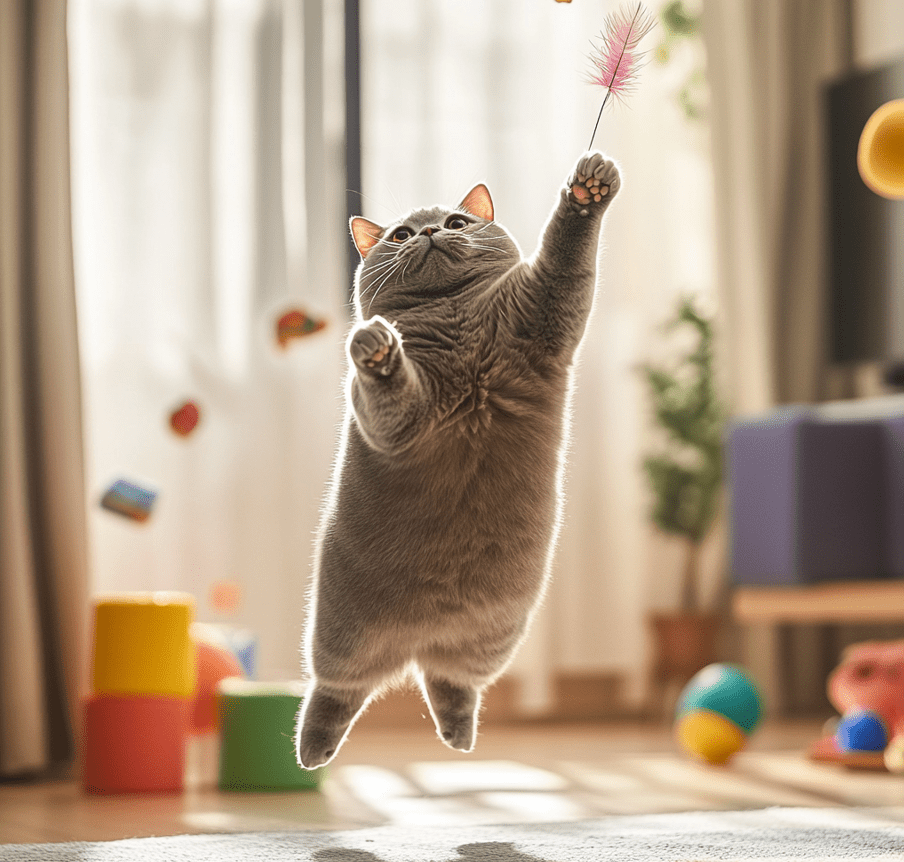
Interactive play can stimulate thirst and draw attention to water. Try:
Placing Toys Near Water Bowls: Scatter toys or a feather wand near a water station to encourage exploration.
Dripping Faucets: Some British Shorthairs are fascinated by dripping water. Let a faucet drip slowly during playtime (supervised) to encourage drinking.
Puzzle Feeders with Water: Use a treat-dispensing toy filled with water-soaked kibble to combine hydration and mental stimulation.
Tip: Keep play sessions short (10–15 minutes) to avoid overexertion, and reward drinking with praise or a small treat.
8. Maintain a Stress-Free Environment
Stress can reduce a cat’s desire to drink. British Shorthairs are sensitive to changes in their environment, so ensure:
Quiet Water Stations: Place bowls in calm areas away from loud appliances or high-traffic zones.
Consistent Routine: Stick to regular feeding and play schedules to reduce anxiety.
Clean Litter Boxes: A dirty litter box can deter drinking, as cats associate cleanliness with water sources.
If your British Shorthair shows signs of stress (hiding, reduced appetite), consult a vet or feline behaviorist for additional support.
Monitoring Your British Shorthair’s Hydration
To ensure your strategies are working, track your cat’s water intake and hydration status:
Measure Water Consumption: Fill bowls with a known amount of water (e.g., 1 cup) and measure what’s left after 24 hours. An average British Shorthair needs 3.5–4.5 ounces of water per 5 pounds of body weight daily (including moisture from food).
Check Urine Output: Healthy cats urinate 2–4 times daily, producing pale, odorless urine. Dark or infrequent urine may indicate dehydration.
Perform a Skin Turgor Test: Gently pinch the skin between your cat’s shoulder blades. It should snap back instantly. If it’s slow to return, consult your vet.
Weigh Regularly: Sudden weight loss or gain can signal hydration issues. Weigh your cat monthly to monitor trends.
If you’re concerned about your British Shorthair’s water intake, seek veterinary advice to rule out underlying medical conditions.
Common Mistakes to Avoid
When encouraging your British Shorthair to drink more water, steer clear of these pitfalls:
Using Plastic Bowls: Plastic can retain odors and bacteria, deterring drinking. Opt for ceramic or stainless steel.
Ignoring Water Quality: Tap water with strong odors (e.g., chlorine) may be unappealing. Use filtered or bottled water if needed.
Overusing Flavorings: Excessive broth or tuna water can upset your cat’s stomach or lead to nutritional imbalances.
Neglecting Dental Health: Dental pain can reduce drinking. Schedule regular vet checkups to address oral issues.
Forcing Water Intake: Never force your cat to drink, as this can cause stress and aversion to water.
Conclusion
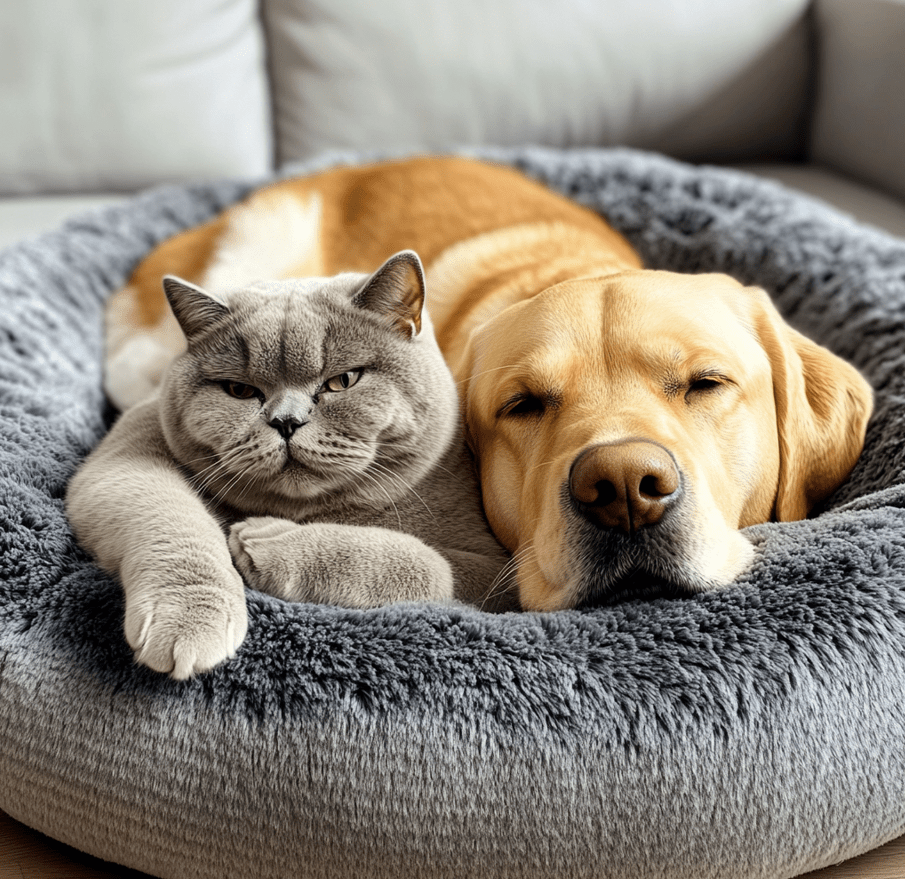
Helping your British Shorthair drink more water is a vital step in supporting their health and preventing urinary and kidney issues. By incorporating wet food, using pet fountains, optimizing water bowls, and adding enticing flavors, you can make hydration fun and effective. Combine these strategies with a stress-free environment and regular monitoring to ensure your British Shorthair stays hydrated and thriving. Always consult your veterinarian for personalized advice, especially if you notice signs of dehydration or health concerns. With these tips, your British Shorthair will be sipping happily in no time.

